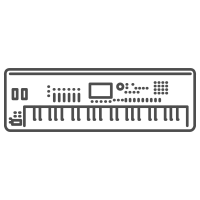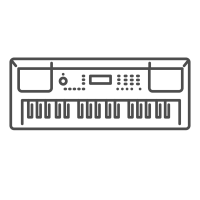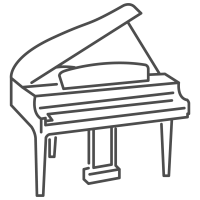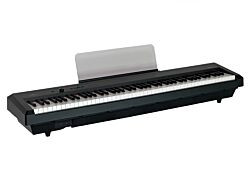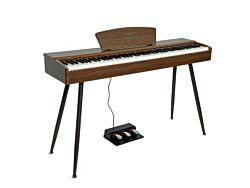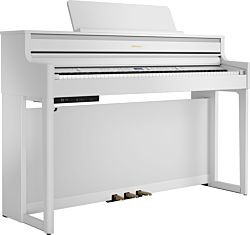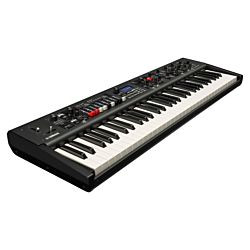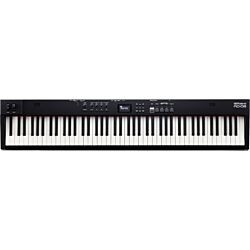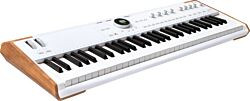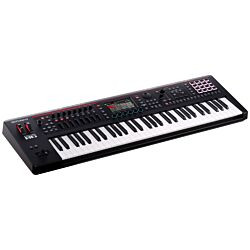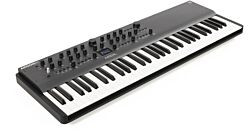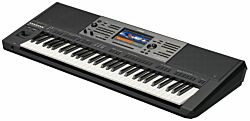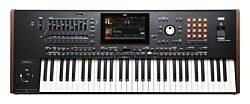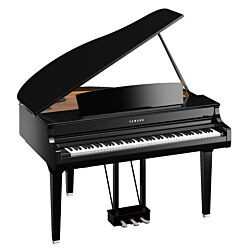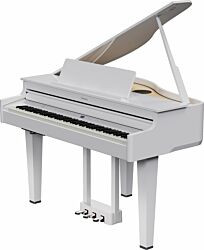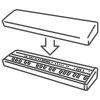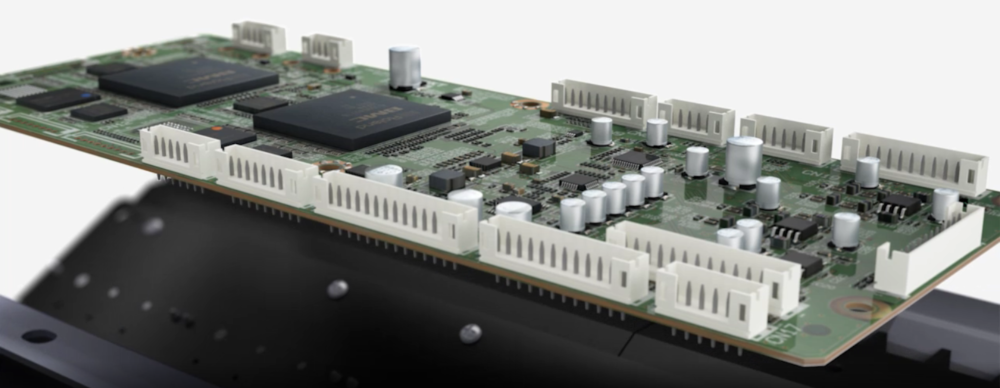What really distinguishes a digital piano from an acoustic one is that the sounds in an acoustic piano are created by striking strings, whereas a digital piano uses a digital sound engine.
When you press a key on an acoustic piano, a small hammer that strikes the corresponding string is propelled inside the instrument. When the string vibrates, it creates sound waves. Nothing here is digital or electric.

But how do you reproduce a reliastic piano sound? First, the cabinet (and all the mechanical parts) of an acoustic piano resonates when you play it, which contributes to the overall sound. Each note on an acoustic piano also has its own pitch, but also its own characteristics. This is due to the thickness of the strings and other parts of the piano that respond to the specific tone. Elements like dynamics and reverberation can also change the overall soundscape.
Digital sound engine
A digital piano is very different - instead of strings, there is a small machine, a digital sound engine, which produces piano sounds and plays them through built-in speakers, amplifiers or a headset. When you press a key, it is detected by small sensors, which transmit signals to the sound engine, which produces tones. But how does this process actually work?
Sampling
One method of building sound engines is by using "samples". Samples are basically small audio-recordings of the sound of a musical instrument (eg a piano or trumpet).
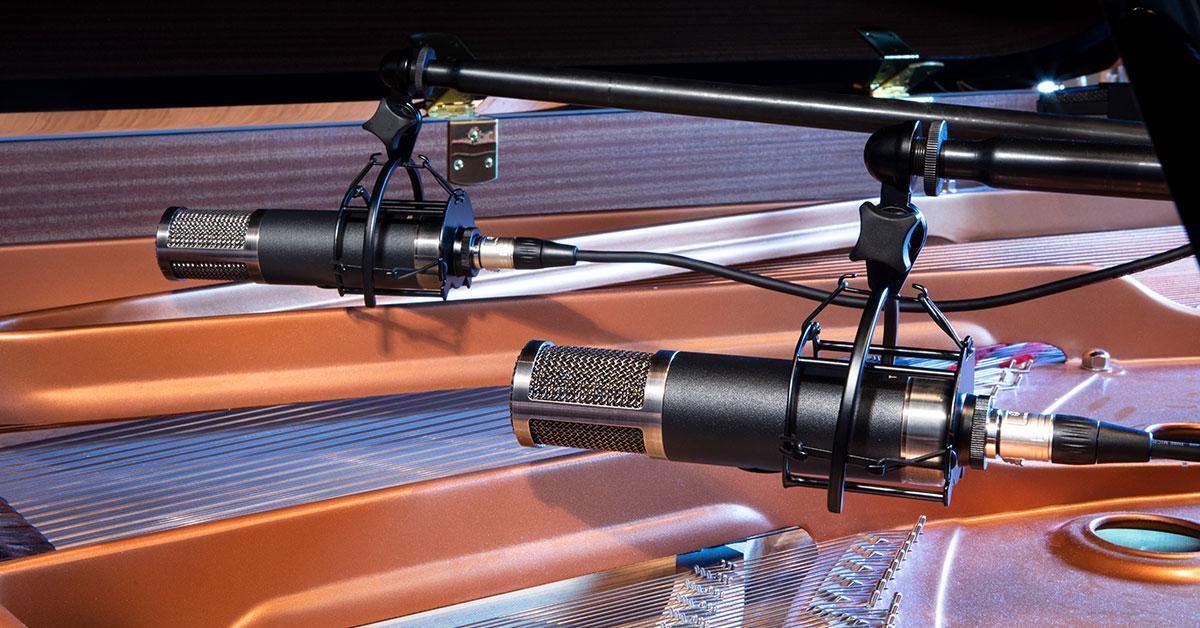
Many brands use samples in their digital instruments - the uniqueness of each brand's and series' sound depends on these factors:
1) The acoustic piano used to record the sound (the condition of the instrument).
2) The equipment used to capture the sound (microphones) and their placement.
3) The acoustic environment where the sampling process occurred.
4) The post-processing and algorithms used to model tonal interactions, like string resonance, damper resonance, cabinet resonance, natural reverberation, etc.
5) The length of the samples and the amount of digital memory dedicated to them on the digital piano.
6) The number of velocity layers recorded for each note. The more velocity layers, the better expressiveness you get.
Modeling
"Modeling" is different from sampling, as this type of technology really reproduces the sound, instead of just playing it. You create a kind of digital "model" of the sound waves you have recorded, so that you have the sounds in their full form. This process takes into account the combination of notes being played, their respective, unique resonance and the way in which the piano's many elements interact with each other. The result is a rich sound - complete with overtones - that actually changes in response to the way you play.

Roland
-
SuperNATURAL Modeling
With their digital SuperNATURAL modeling, Roland has tried to create an overall sound image of the sound of a piano, based on both the strings and the mechanical parts of the instrument. There are similar "mechanical" parameters to consider in other types of instruments.
Their technology creates specific, digital models of the distinctive aspects of all different instrument types. It is programmed to know how these parameters respond to different dynamic levels and the nuances of a controller such as a keyboard, just as they would in the original instrument.


Roland's SuperNATURAL technology stands out because of the organic relationship between all the different tones, smooth transitions between dynamic levels and their uninterrupted tone decay.


-
PureAcoustic Piano Modeling
Based on the same idea as their SuperNATURAL modeling, Roland has developed their sophisticated "PureAcoustic" sound engine. They take into account the many physical interactions between the mechanical parts of the piano - the keys, the hammers, the strings and the rest of the cabinet. PureAcoustic uses advanced technology to reproduce the interactions of all these aspects, resulting in a beautiful and rich sound that, until now, could only come from a grand piano. The PureAcoustic sound source uses two powerful "Behavioral Modeling" chips to achieve a deep level of communication between the piano and the player.
-
V-Piano Sound Engine
The V-Piano sound engine transcends the limitations of previous technologies with its revolutionary "living" sound core that allows each note to respond and evolve naturally, seamlessly and perfectly. There is no velocity switching, and it provides a smooth, natural decay that must be heard to be believed. You can choose from beautifully designed vintage grand pianos or create your own custom dream sound. This sound engine is often found in synthesizers and workstations.
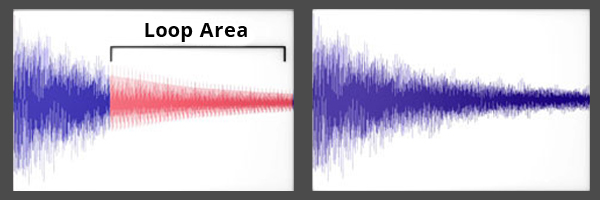
-
ZEN-Core
ZEN-Core Sound Packs are genre-specific audio collections that give you an extra shot of inspiration - complete with deep editing and programming capabilities. ZEN-Core sound packs are launched all the time, so your music is always fresh and up to date. The power and flexibility of the ZEN-Core Synthesis System delivers an amazing range of sounds, from analog modeling synths to crystal clear grand pianos.
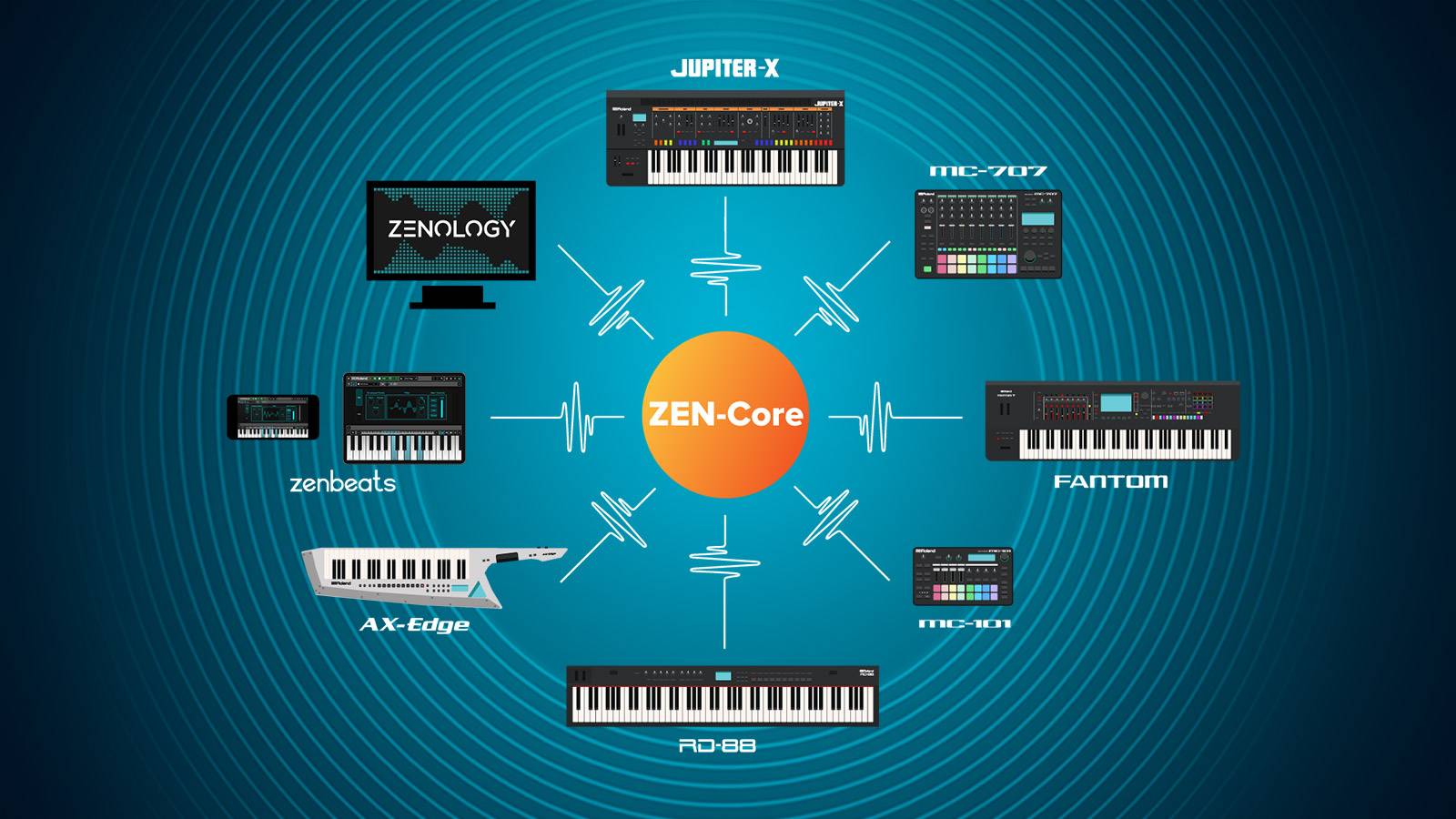
Kawai
-
Harmonic Imaging
Kawai’s highly acclaimed sound technology is called Harmonic Imaging™. Simply put, Harmonic Imaging is a blend of technology and techniques aimed at producing the most realistic recreation of their 9-foot concert grand piano possible. This engine is usually found in smaller pianos and portable pianos.

-
Progressive Harmonic Imaging
Kawai’s Progressive Harmonic Imaging (PHI) with 88-key sampling uses a larger tonal “database” than regular Harmonic Imaging to provide greater tonal details throughout the dynamic range. By sampling and recreating each key individually (rather than “stretching” a smaller number of samples) the unique tonal character of each note is preserved.
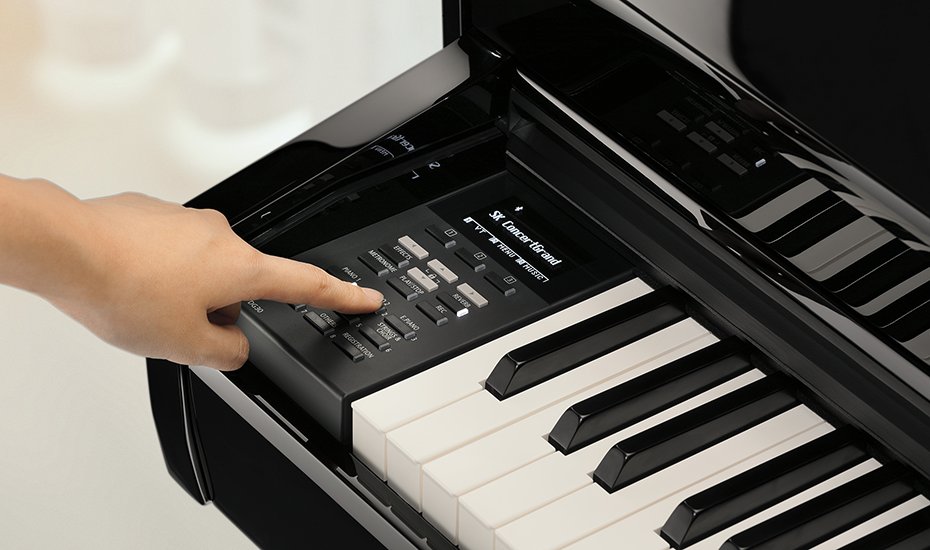
-
Harmonic Imaging™ XL (HI-XL)
Harmonic Imaging XL with 88-key (multi-) sampling is found in Kawais CA-series. Standing for “extra-long”, HI-XL extends the length of the critical attack portion of the sound by up to 120%, articulating the characteristics of each note more clearly and organically.
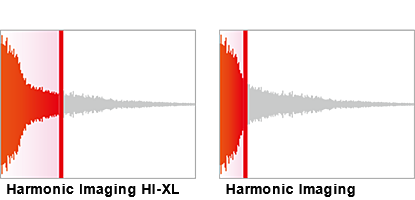
-
SK-EX Rendering
The magnificent tone of Kawai’s flagship Shigeru Kawai SK-EX full concert grand piano is at the heart of Kawais digital topmodels. Shigeru Kawai instruments grace the stages of concert halls and musical institutions throughout the world, and are prized for their tonal clarity and exceptional dynamic range.
To faithfully reproduce the sound of a Shigeru digitally, Kawai has developed SK-EX Rendering – a piano sound engine that blends multi-channel, 88-key sampling with the latest resonance modeling technology. Multi-channel sampling captures the sound from different points of the piano, allowing a broader range of tonal characteristics to be reproduced, and providing a more lively response to changes in dynamics. This naturally expressive sound is further enriched by resonance algorithms, which physically model the complex tonal interactions produced by the strings, damper, and various other parts of an acoustic piano, giving players the impression that they’re sitting at a living, breathing instrument.

Yamaha
-
AMW Stereo Sampling
The AWM (Advanced Wave Memory) is a sampling system which creates the realism of an acoustic instrument by using digital technology to record the instrument sound and applying high-quality digital filter technology to the recorded audio samples. This sound engine is made with multi-samples, which means that each note has been recorded in different playing strengths. AWM sampling first came on the market in the 80s, and has been renewed and updated ever since.

-
Pure CF Sound Engine
The Pure CF Sound Engine is the result of years of piano-making history combined with state-of-the-art sampling technology and expertise. Yamaha is one of the industry leaders in digital piano technology, and you can hear this in the sound of digital pianos that utilize the Pure CF sample, which is sampled from Yamahas CF grand pianos. This engine, as well as the AWM engine, is usually found in Yamahas smaller and portable digital pianos.
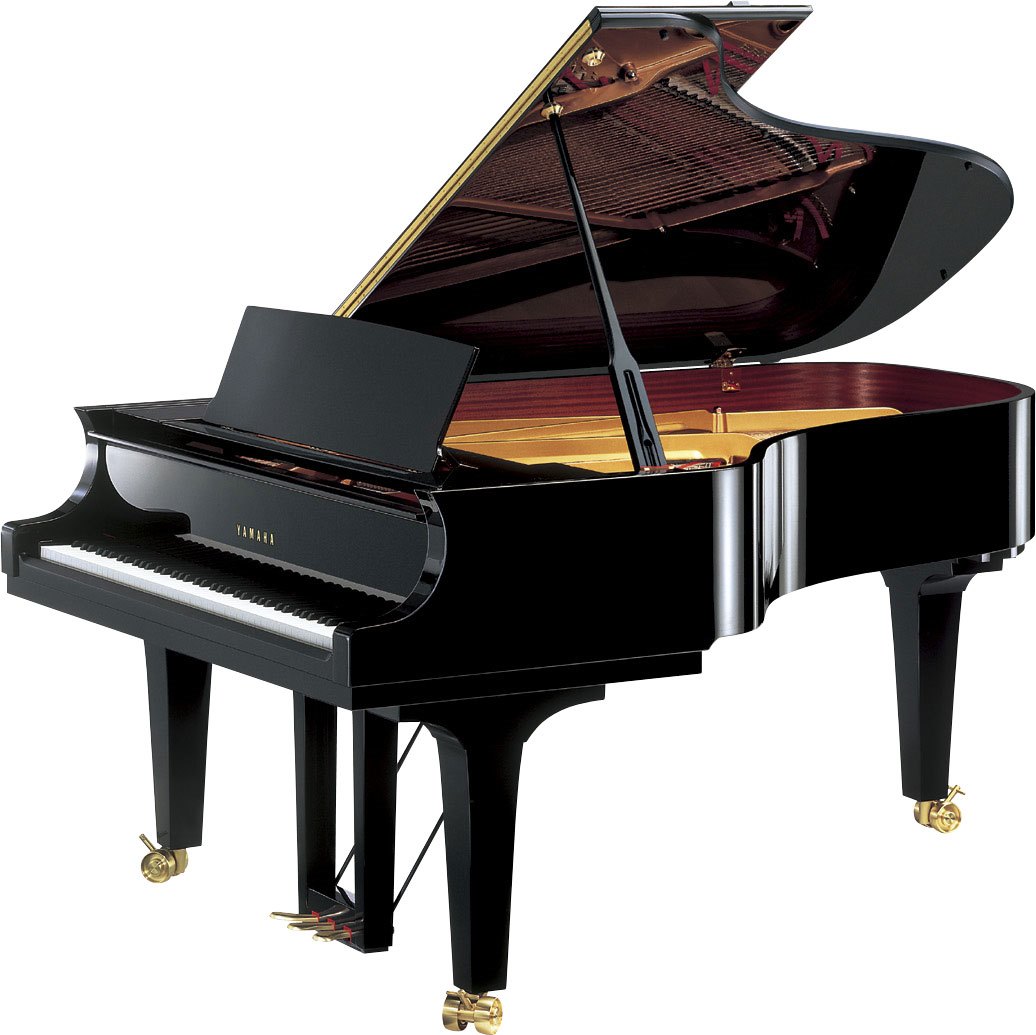
-
Yamaha CFX Grand Piano Voice
The Yamaha's flagship 9' CFX concert grand piano, offers sparkling highs and a powerful resonant bass combined in a sound that projects to the furthest reaches of any concert hall. The CFX was played by the winner of the prestigious International Chopin Competition in 2010, and has since gained recognition as one of the greatest concert grands of modern times.
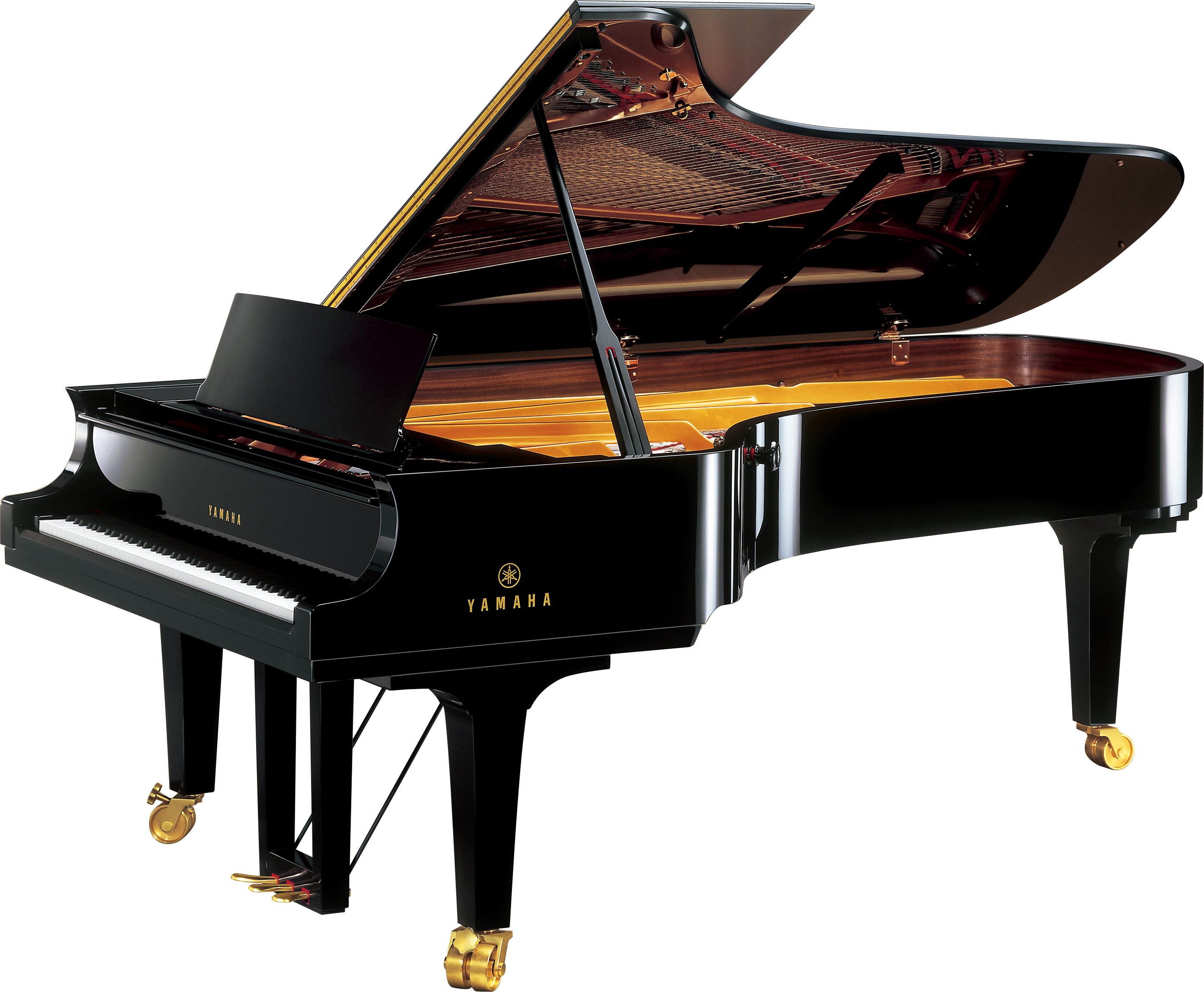
-
Bösendorfer Imperial Grand Piano Voice
Originally founded in 1828, Bösendorfer holds a unique position amongst piano makers as the only manufacturer in the world still utilizing the Viennese tradition of hand-crafted design that produces the uniquely warm bass, singing treble and rich tonal colors known as the “Viennese Sound”. The development of Bösendorfer pianos has been influenced by such famed composers as Brahms and Johann Strauss, resulting in an instrument lauded as the only piano capable of withstanding the frenetic playing of Franz Liszt. Samples from this piano can be found in Yamaha's top models.



